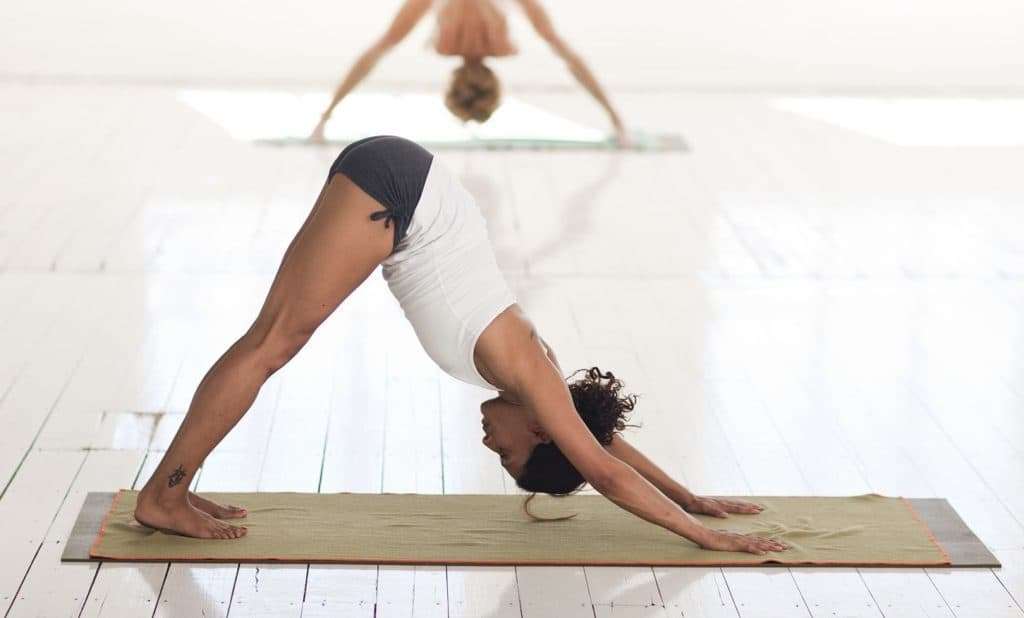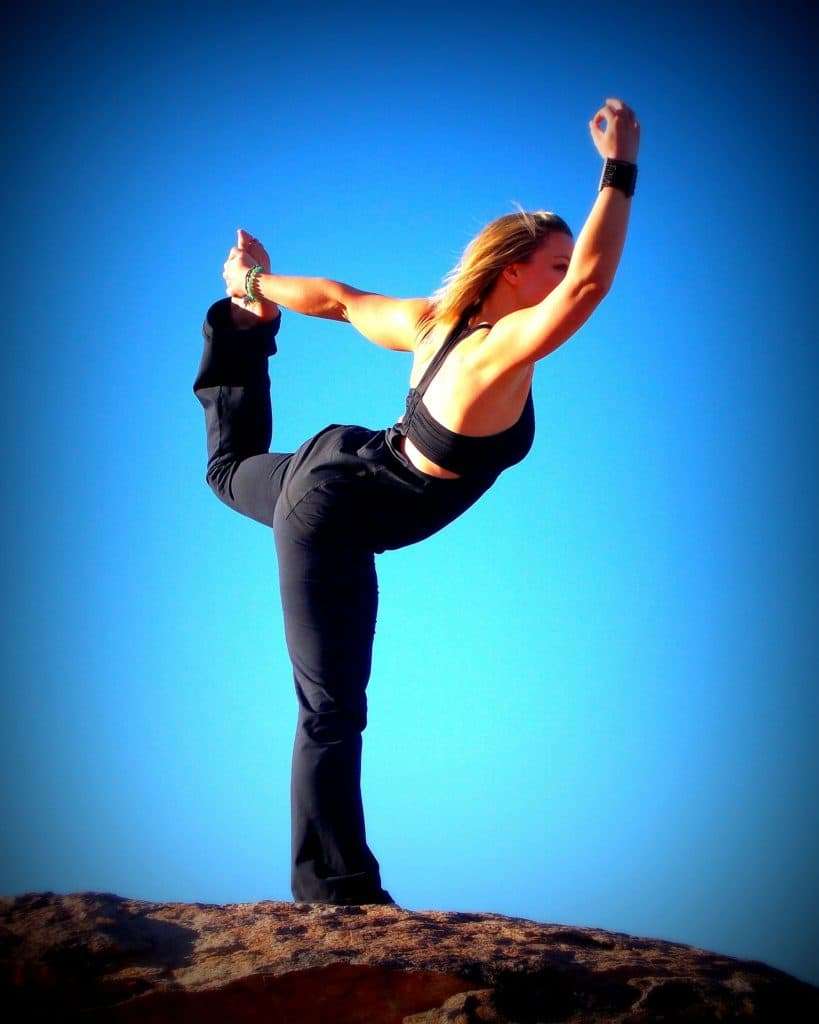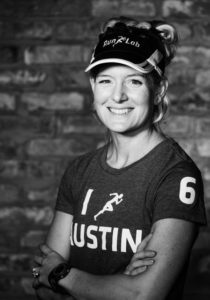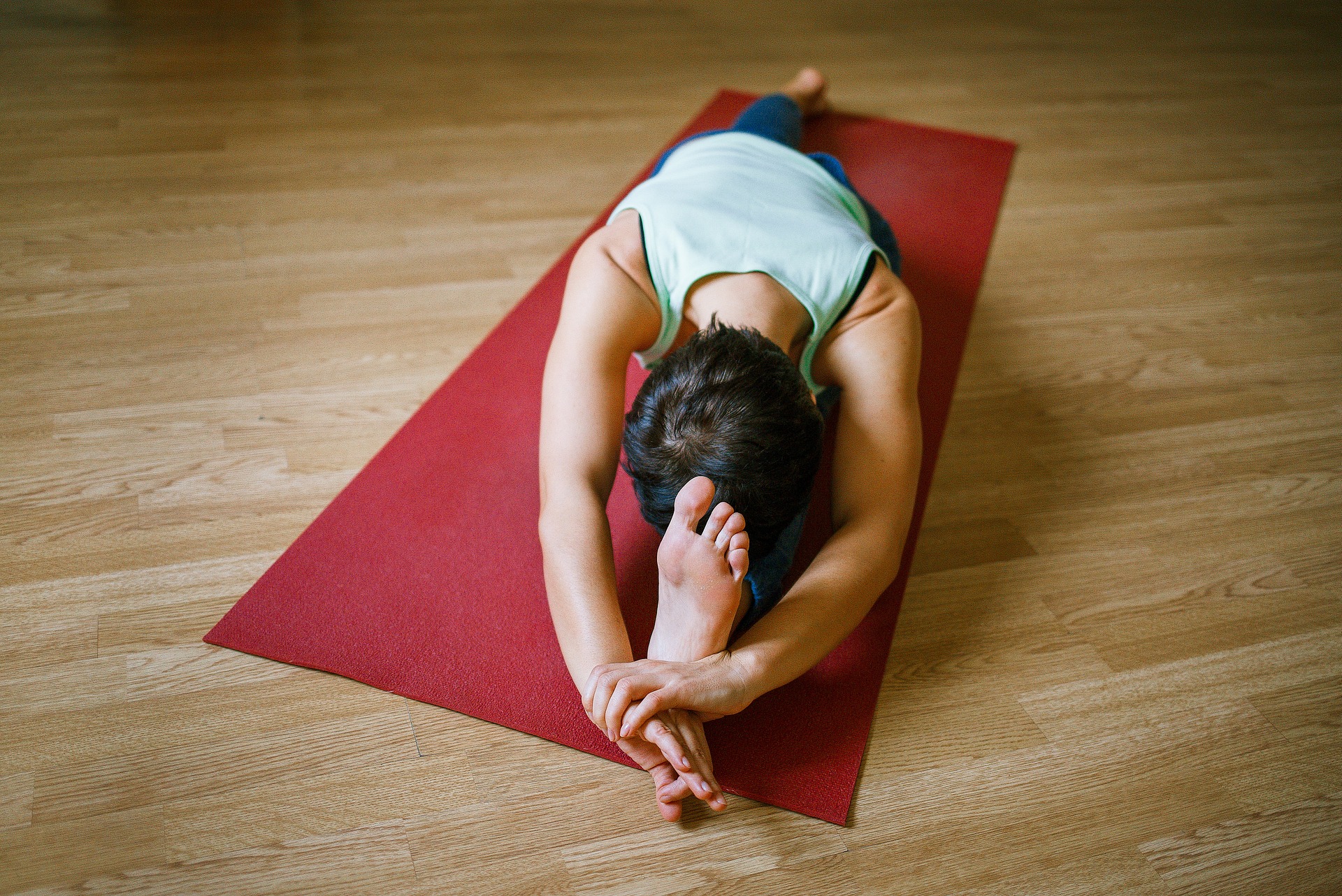THE MYTH: Stretching is always good for you, and every runner should be doing more of it. MUST. DO. MORE. YOGA.
THE REALITY: Approximately 50% of the patients that find their way into RunLab are actually too flexible, even if they think they are tight, and need to quit stretching so much if they want to improve their performance and keep injuries at bay.
My staff has heard me get on my soapbox enough times about this topic that I feel it warrants a post on the subject. Why in the world would I hate yoga, you ask? Everybody knows that stretching is great for runners, right?
Yes!
Annnnnd no.
Let’s just settle on a definitive sometimes.
If you’re a runner or triathlete, you have probably heard that you should be stretching diligently, before and after every run. You may notice that the more you run, the stiffer your legs become. Given much of what you have probably heard about the importance of flexibility, you may start searching for the closest yoga studio to solve the problem.
And then you walk into your first class. You see the guy in the corner with his leg behind his head, and the girl in the front row who is somehow managing to look at her own bum without the use of a mirror.
You are in awe of these super-bendy people and figure this is clearly the ticket to achieving the flexibility you once had … or at least improve your ability to scratch your own back.
Here’s the problem: Most of the people who are extremely flexible and appear to be REALLY good at yoga probably don’t need yoga (or they would be better served focusing on power yoga or another variety that has a heavy strength component). A lot of naturally hypermobile people love yoga because:
- It’s one of the only ways they can get a really deep stretch (because their joints have so much ligamentous laxity in them).
- They are often naturally good at it (for the same reason), and look like a rock star when they are sitting in full splits, or hanging out with their palms flat on the floor in front of them during forward fold.
Pretty much every week in at least one of my clinics, I have to have the discussion with a patient about scaling back her yoga practice because it’s inhibiting her ability to meet her running goals. I explain it this way: Flexibility and stability are like opposite ends of a teeter-totter, and if you are really flexible, you need to spend a much larger portion of your time on stability than on flexibility (think pilates vs. yoga) if you want to be a stronger runner and balance out your body. People who are great on the strength side and have limited range of motion (especially in the hips) would benefit from hip-opening yoga poses, but these are not often the people you see in class.

Naturally-flexible people are often referred to as “double jointed,” but this is a misnomer — they don’t have an extra joint, they have extra laxity in their ligaments. This can either happen genetically or it can develop over time by forcing the tissues past normal end-range consistently. The joints then become loosey-goosey because they are not being stabilized by the overly-flexible ligaments that surround them. This can cause the muscles (which connect to tendons that move and also help stabilize the joints) to work especially hard to try and shore up this excessive joint motion.

You can imagine the load this would put on muscles simply with daily activity, let alone with running. People with hypermobile joints are also at risk for joint dislocations and abnormal wear patterns between bones, which can lead to osteoarthritis and an increased risk of injury.
This is not to say that mobility isn’t important; it is! It is extremely important to have normal range of motion in the joints of the hip, knee, ankle and foot, but having excessive flexibility in these areas has been shown to be detrimental to running performance in many studies. Many of the researchers that show an inverse relationship between flexibility and performance speculate that the reason may be due to improved energy-efficiency of muscles and tendons during concentric and isometric contractions when they are able to act as a stiffer spring. Without the added energy necessary to stabilize an overly flexible joint, it is possible that the body is better able to capture ground energy in order to re-use it for propelling the body forward.
Remember: It’s all about individual structure, flexibility and goals. A sprinter needs more hip range of motion than an ultra runner to excel at their sport. Make sure to get your flexibility assessed by your doctor, personal trainer, or physical therapist. You may be surprised at what you find out about yourself.
IN SUMMARY:
- Buy a foam roller and a lacrosse ball and learn how to use them. Almost everyone can benefit from getting the knots and adhesions out of the muscles, but not everyone needs to add length to their muscles or stretch out already hyper mobile joints with yoga and deep stretching.
- Certain yoga poses can be great but you need to spend time getting to know your body and learning what your true limiters are.
- Don’t assume you should be stretching your hamstrings because that’s just “what runners do.”
- Most runners are much more flexible in their hamstrings than they think they are while neglecting the typically more problematic areas: quads and hip flexors.
Thank you for taking the time to read our RunLab™ Blog! We hope that you use this information to run more injury free and to optimize your running performance.
For more information about the RunLab™ team and to get your running stride analyzed by one of the preeminent gait specialist teams in the country, please visit WWW.RUNLABAUSTIN.COM
Outside of the Austin area? You can still have your running stride analyzed by one of the best teams in the country. Just visit WWW.RUNLAB.US to see where our partner filming locations are based or choose the self-film option.
RunLab™. Helping runners help themselves.
ABOUT DR. DAVIS

Dr. Kimberly Davis is the Founder & CEO of RunLab™, a motion analysis and gait diagnostic company headquartered in Austin, Texas that provides runners anywhere in the country access to comprehensive gait evaluation services through www.RunLab.us. An Ironman triathlete and ultra-distance adventure racer herself for over 20 years, Dr. Davis has dedicated her career to the study of clinical biomechanics and helping runners get back on the trails, improve their performance and enjoy running again. Working as part of sports medicine teams for over a decade, she grew tired of hearing her patients say they had been told not to run or that “running is bad for your knees” by their doctors without any discussion about biomechanics. She launched RunLab™ Austin in 2014 as a running-centric healthcare facility built entirely by, and for, runners. It has since grown to become one of the nation’s preeminent gait evaluation and training facilities in the U.S. Working with every age and experience level runner, from Olympic gold medalists and world champions to brand new runners, kids, and runners with special needs such as down syndrome, cerebral palsy, and a wide variety of movement disorders. Recognizing a lack of consistency and quality in gait analysis across the country, Dr. Davis launched RunLab.us in 2018 as a means for runners to access her industry-leading gait team from anywhere in the United States.

LEARN MORE:
RunLab™ Podcast RUN.
RunLab™ YouTube channel
